
Fashion NFTs have been transforming the way luxury brands, designers, and digital creators engage with audiences over the past few years. From virtual fashion shows and “phygital” drops to NFTs powered by digital twins and augmented reality, the fashion industry is rapidly embracing Web3 technologies. This guide explores how fashion NFTs are being used by top brands, the key trends to watch, and how to launch your own digital fashion assets in the evolving metaverse landscape.
The market for non-fungible tokens (NFTs) has exploded in recent years, with global NFT sales volume exceeding $2 billion in Q1 2021, the NFT ecosystem reached a total market cap of approximately $15.9 billion by mid-2024 (Statista). While NFTs initially gained traction through digital art and collectibles, the fashion industry has emerged as one of the most innovative and fast-growing sectors.
Luxury brands and independent designers are increasingly using NFTs to launch limited-edition digital apparel, offer blockchain-based authentication, and build immersive experiences through augmented reality and metaverse platforms. According to a 2024 report by Vogue Business, more than 42% of luxury fashion houses have introduced NFT-based campaigns—many tied to exclusive drops, virtual showrooms, and digital twins of physical garments.
Gucci’s early NFT sneaker sale for $25,000 set the stage for broader adoption. Since then, brands such as Louis Vuitton, Prada, and Balmain have introduced phygital NFTs that bridge the gap between physical fashion and digital ownership. These tokens often come with unlockable content, VIP access, or sustainability insights verified on-chain. As Web3 technologies continue to reshape retail and consumer engagement, fashion NFTs are becoming a new channel for storytelling, identity, and brand loyalty. Whether you’re a designer, brand, collector, or investor, the rise of digital fashion assets presents unique creative and commercial opportunities in 2025 and beyond.
Want to learn more about the roots of digital collectibles? Check out our guide on NFT art and how it’s reshaping creativity.
Many fashion NFT projects are emerging from art schools and design institutions, where students blend digital art with real-world entrepreneurship. London’s fashion schools have become known for supporting student-led fashion startups through innovation and mentorship. Explore how student entrepreneurship is thriving in London’s top fashion schools, blending creativity, blockchain tools, and startup culture.
As Web3 technologies continue to reshape retail and consumer engagement, fashion NFTs are becoming a new channel for storytelling, identity, and brand loyalty. Whether you’re a designer, brand, collector, or investor, the rise of digital fashion assets presents unique creative and commercial opportunities in 2025 and beyond.
Want to learn more about the roots of digital collectibles? Check out our guide on NFT art and how it’s reshaping creativity.
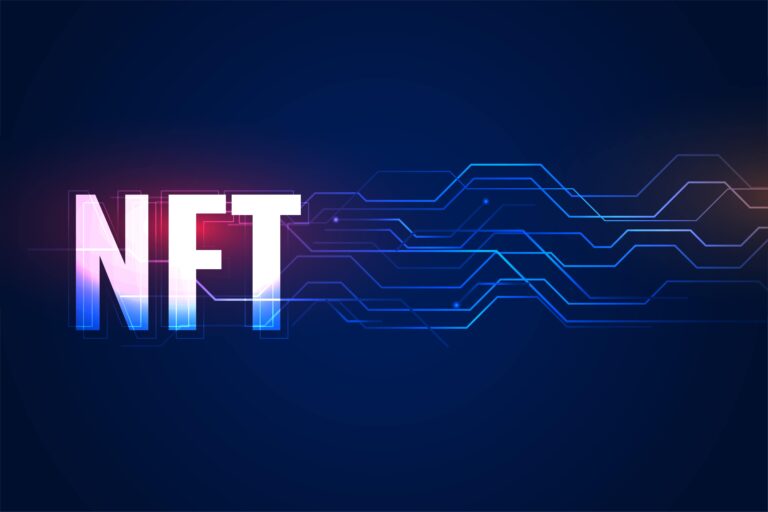
Launching NFT drops during a recession or in times of market uncertainty presents both risks and opportunities. While the NFT market offers innovative ways for fashion brands to create value, current economic and regulatory conditions require careful planning.
Despite the growing acceptance of blockchain technology, legal and compliance risks remain. Issues such as intellectual property rights, financial regulations, and increased risk of fraud can damage brand reputation if not properly addressed. Additionally, market volatility can impact sales performance and undermine consumer confidence.
To navigate this environment, fashion brands and creators should develop a comprehensive NFT launch strategy that includes:
In uncertain times, consumer behavior shifts toward value, authenticity, and community. Brands that offer transparent, utility-driven NFTs — such as phygital fashion items, access to exclusive experiences, or loyalty rewards — are better positioned to build trust and drive engagement.
Ultimately, launching NFTs during economic downturns can be a strategic move for forward-thinking fashion companies. With the right planning, execution, and brand alignment, fashion NFTs can offer resilience, new revenue streams, and stronger customer relationships in an evolving digital economy.
A fashion NFT (Non-Fungible Token) is a unique digital asset that represents ownership of fashion-related content—such as virtual clothing, accessories, digital runway looks, or even immersive fashion experiences. These tokens are secured by blockchain technology, ensuring authenticity, scarcity, and traceable ownership.
Fashion NFTs enable designers and brands to sell exclusive digital fashion assets directly to consumers through NFT marketplaces. These can include:
NFTs unlock a new creative space where fashion transcends the limits of physical production. Designers can experiment with 3D models, motion graphics, or interactive elements that wouldn’t be possible in traditional garments.
Many brands also use NFTs to launch limited-edition collections, offering collectors a sense of exclusivity and provenance. For example, a designer might release only 100 digital jackets, each paired with blockchain verification and access to future perks or events.
One of the most popular applications is virtual sneakers, pioneered by companies like RTFKT Studios and Artifact Studios. Some of these NFT sneakers have sold for thousands of dollars and are traded like collectibles, proving the growing value of blockchain-based fashion ownership.
As the digital fashion space evolves, NFTs are becoming more than collectibles—they’re part of a larger shift toward interactive, immersive, and tech-enabled fashion experiences.
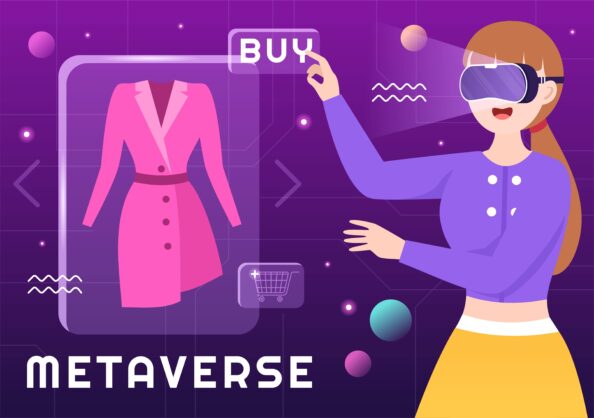
Fashion NFTs are more than digital collectibles — they are powerful tools for brand storytelling, customer engagement, and innovation. Here’s how brands are using NFTs to elevate their marketing and connect with audiences:
NFTs can power exclusive loyalty programs by rewarding customers with early access to collections, invite-only events, and members-only perks. These tokens build a stronger sense of community and increase customer lifetime value.
With NFTs, fashion brands can deliver personalized digital experiences — such as AR try-ons, avatar-based styling, or NFT-gated content. These interactions drive emotional connection and brand affinity.
By issuing limited-edition NFTs, brands can create exclusivity and urgency around new product launches. Collectors value rarity, which can drive hype and secondary market interest.
NFTs amplify brand awareness by generating buzz across social media, NFT marketplaces, and Web3 platforms. Digital assets tied to real-world campaigns can attract new demographics and digital-native communities.
NFTs serve as blockchain-based certificates of authenticity, helping brands verify ownership and fight counterfeiting — especially for luxury goods and resale markets.
NFTs are the gateway to metaverse fashion experiences, allowing users to wear digital garments in 3D worlds, games, and virtual events. This helps brands establish presence in immersive environments like Decentraland or Roblox.
“Phygital NFTs” combine physical fashion with digital counterparts, offering buyers both a garment and its NFT twin. These experiences blur the line between digital and physical ownership and appeal to tech-savvy shoppers. Curious about how NFTs connect with real-world items? Read more in our deep dive on phygital NFT strategies.
Fashion brands can use NFTs to support social causes by donating proceeds from digital drops to charities or using tokens to raise awareness for sustainability initiatives.
NFTs offer new ad formats — including gamified campaigns, interactive collectibles, and AR-based storytelling — to drive deeper consumer engagement.
Some brands are exploring NFT-based customer management, such as issuing tokens for tracking deliveries, managing returns, or providing access to digital product passports.
NFTs enable brands to create immersive digital fashion exhibitions, accessible via metaverse platforms. These virtual showrooms let customers interact with collections in real-time, boosting engagement and brand prestige.
| Icon | Title | Short Caption |
|---|---|---|
| 🛍️ | Loyalty Programs | Reward customers with exclusive digital perks |
| 👗 | Personalized Experiences | Virtual try-ons & NFT-gated content |
| 🎯 | Limited-Edition Drops | Build exclusivity and hype |
| 📣 | Brand Awareness | Expand reach across Web3 & social channels |
| ✅ | Ownership Verification | Prove authenticity for rare fashion items |
| 🪩 | Metaverse Wearables | Let users dress avatars in virtual worlds |
| 🔗 | Phygital Fashion | Merge digital NFTs with physical products |
| 🌱 | Charity & Social Impact | Donate proceeds or raise awareness |
| 🎮 | Interactive Advertising | Use NFTs in games, AR, and campaigns |
| 📦 | Customer Support & Tracking | NFTs as product passports or delivery tokens |
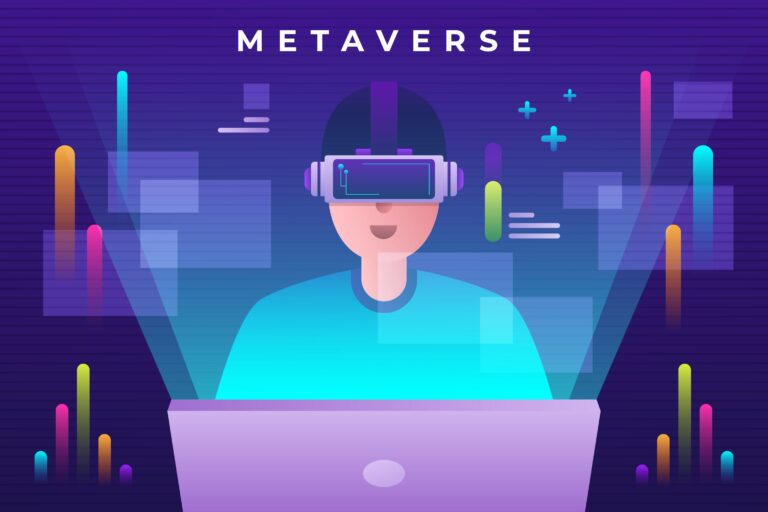
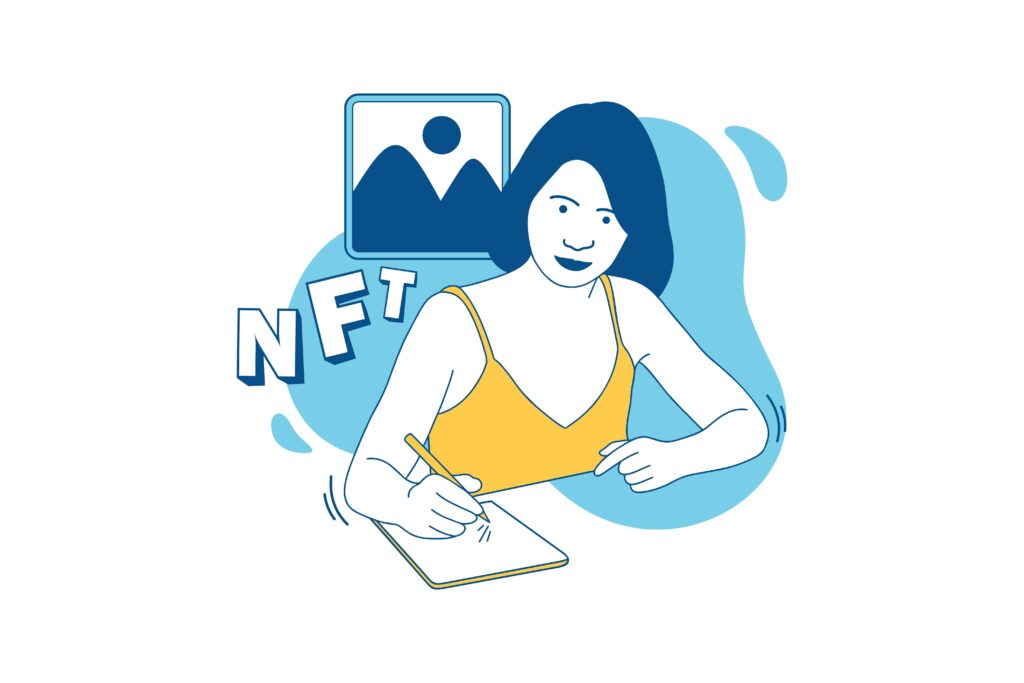
Creating a fashion NFT is a unique opportunity to showcase digital creativity, connect with new audiences, and enter the Web3 fashion economy. Here’s how to go from concept to sale — whether you’re designing virtual wearables or launching a phygital collection.
Start by choosing a design that reflects your creative vision. It could be a digital garment, an accessory, or even an animated artwork. Focus on uniqueness and visual appeal — the best fashion NFTs stand out and tell a story.
Will your NFT represent a purely digital item (like a virtual dress), a physical product with a digital twin, or a phygital experience that blends both? This decision will impact production, utility, and delivery.
Select a blockchain platform that suits your needs. Ethereum, Polygon, Binance Smart Chain, and Flow are popular choices for fashion NFTs due to their ecosystem support and smart contract capabilities.
Then, create a crypto wallet (e.g., MetaMask, Trust Wallet) to store and manage your NFTs.
Design your fashion NFT using tools like Blender, CLO3D, Adobe Creative Cloud, or Autodesk Maya. The file could be a 3D model, a high-resolution image, or even a video showcasing the product.
Tip: Include metadata like item name, creator, edition number, and unlockable perks (e.g. discounts, physical delivery, event access).
“Minting” is the process of uploading your digital file to the blockchain. Use NFT marketplaces like OpenSea, Rarible, or SuperRare to mint your fashion NFT. Choose between single-edition (1/1) or limited series based on your launch strategy.
Select a platform aligned with your goals. For example:
Set your price (fixed or auction), royalties, and sales conditions.
Marketing is key. Announce your drop on social media, engage with Web3 communities, collaborate with influencers or brands, and highlight your creative process. Platforms like Twitter, Telegram, and Instagram are essential for building hype.
Partnerships with other artists, designers, or Web3-native brands can expand your visibility. Consider co-branded collections, digital capsule drops, or limited collabs to access new audiences.
If you’re a designer or brand, here’s how to sell your fashion NFTs step-by-step:
For collectors or fans looking to purchase fashion NFTs:
Want to understand how NFT platforms actually work? Learn more in our guide: What is an NFT marketplace

Many global fashion brands have embraced NFTs as a way to drive innovation, exclusivity, and digital engagement. From high fashion to streetwear, these companies are leveraging NFT marketplaces, crypto wallets, and phygital drops to connect with new audiences.
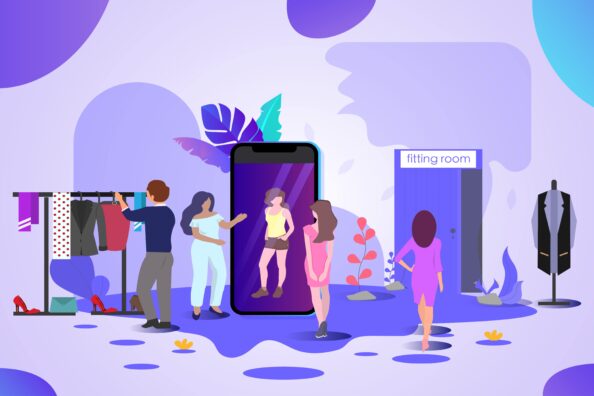
Gucci
Gucci launched one of the first NFT collections in 2021 with its “Aria” digital artwork series. Some pieces sold for over $100,000. The brand now experiments with phygital NFTs and metaverse integrations.
Louis Vuitton
Collaborated with Beeple to release “The Genesis” — a surreal digital art series on Nifty Gateway. The brand also integrated NFTs into gaming-style experiences.
Balenciaga
Released the “B-Wardrobe” NFT series featuring digital avatars and unique soundscapes. Items like the black hoodie NFT were positioned as “virtual heirlooms.”
Prada
Introduced “Parallel Universes,” a collection of animated NFTs sold on Foundation. The project emphasized futuristic visuals and limited-edition formats.
Dolce & Gabbana
Launched “Collezione Genesi” — a mix of digital art and haute couture. Some NFTs included physical items and were sold via auction for six figures.
Cartier, Fendi, Versace
Each released NFT collections tied to iconic products like jewelry or handbags, often bundled with physical editions and certificates of authenticity via blockchain.
OTB Group (Maison Margiela, Marni)
OTB has embraced Web3 more boldly than many of its luxury peers. Through its digital arm BVX (Brave Virtual Xperience), the group is developing metaverse-ready fashion products and exploring new forms of digital ownership. Chairman Stefano Rosso has emphasized innovation and long-term value creation in the digital space. Read the full interview in Vogue Business.
Nike
Pioneered the concept of digital sneakers with CryptoKicks, combining NFTs with physical products. The brand also patented blockchain systems to verify sneaker authenticity.
Adidas
Partnered with Bored Ape Yacht Club to launch NFT sneakers bundled with physical shoes. Items were traded on platforms like Nifty Gateway.
Puma
Sold out its RS-Dreamer NFT series within minutes. Items were wearable in digital worlds and tied to rare physical drops.
H&M
Used VeChain to tokenize eight digital versions of its real garments. NFTs focused on sustainability and traceability.
Zara
Released a streetwear-style NFT collection via RTFKT, including sneakers and hoodies with a digital aesthetic.
Forever 21
Created “Non-Fungible Forever” — a line of NFTs tied to branded shopping bags and fashion icons.
Boohoo
Collaborated with The Fabricant and digital artists to launch a virtual collection, targeting Gen Z audiences through immersive fashion.
Ralph Lauren
Launched NFTs through Ethernity and Bitmoji, offering digital versions of classic American fashion.
Off-White
Sold 3D animated NFT art through Foundation, reflecting its signature conceptual and rebellious style.
Tommy Hilfiger
Tokenized its logos and classic looks via the DECENT platform, blending nostalgia with digital ownership.
They all:
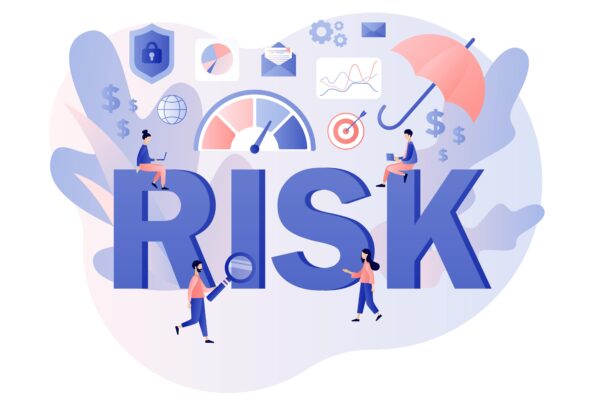
While NFTs open new possibilities for brand engagement and digital innovation, fashion companies must also be aware of the legal, ethical, and environmental risks that come with them. Below are the most pressing concerns when launching or integrating NFTs into your business strategy.
One of the most common legal risks in NFTs is the unauthorized use of copyrighted content or trademarked assets. Designers or platforms may unintentionally mint NFTs that include:
How to reduce this risk:
Always obtain written permission or licensing rights before creating NFTs that involve any third-party intellectual property. Work with IP lawyers to review NFT content before minting.
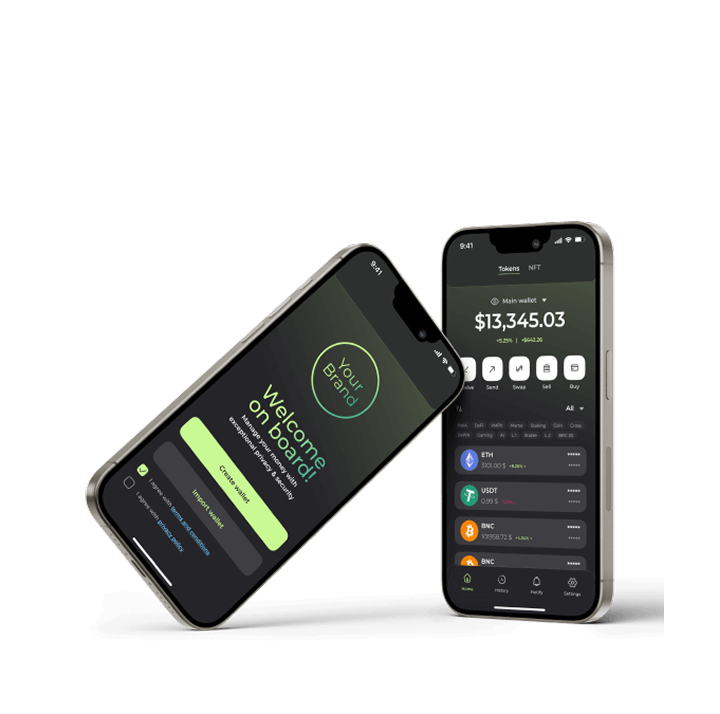
In certain jurisdictions, NFTs may be classified as securities or financial instruments, depending on their structure and utility. In the U.S., the SEC has indicated that some NFTs could fall under securities law.
Potential risks include:
Mitigation:
Consult legal advisors early and ensure your NFT launch strategy complies with local financial laws. Avoid promises of profit, fractional ownership, or staking if your NFTs are intended for general retail use.
NFTs are typically stored and managed via public blockchain networks, where ownership and metadata are visible to all. This raises concerns around GDPR (in Europe) and other privacy regulations.
Risks include:
What to do:
Design NFT platforms with privacy by default, avoid storing sensitive user data on-chain, and include clear privacy policies aligned with relevant laws.
Traditional blockchains like Ethereum (pre-merge) have been criticized for high energy usage due to Proof-of-Work (PoW) consensus mechanisms. This has led to reputational risks for brands perceived as contributing to climate concerns.
Recommendations:
Security is key in the world of digital fashion. Learn how to safeguard your NFTs in our NFT security guide.
NFTs present fashion brands with new opportunities to sell digital assets, engage Gen Z consumers, and explore virtual commerce. However, success in this space requires more than creativity — it demands attention to risk management, legal frameworks, and technology ethics.
By proactively addressing issues like intellectual property, regulatory compliance, privacy, and sustainability, brands can launch responsible NFT projects that are both innovative and future-proof.